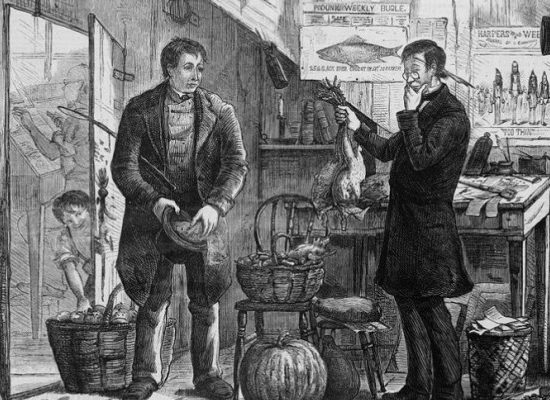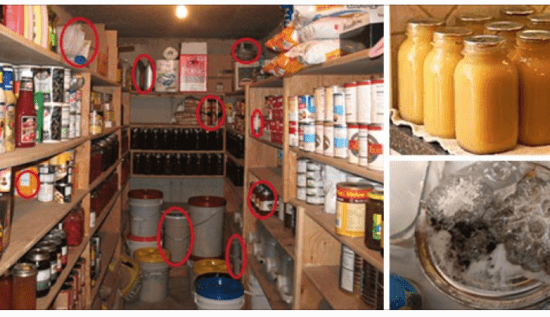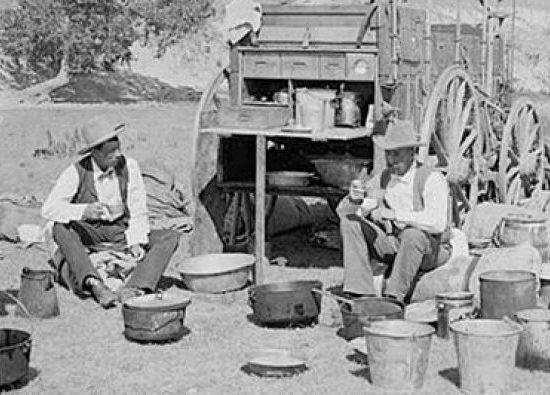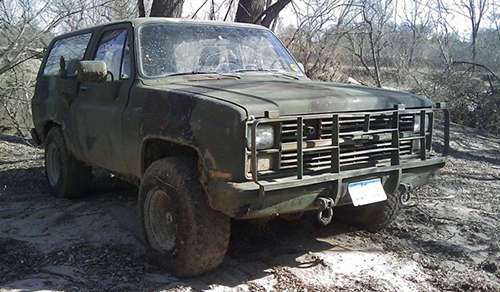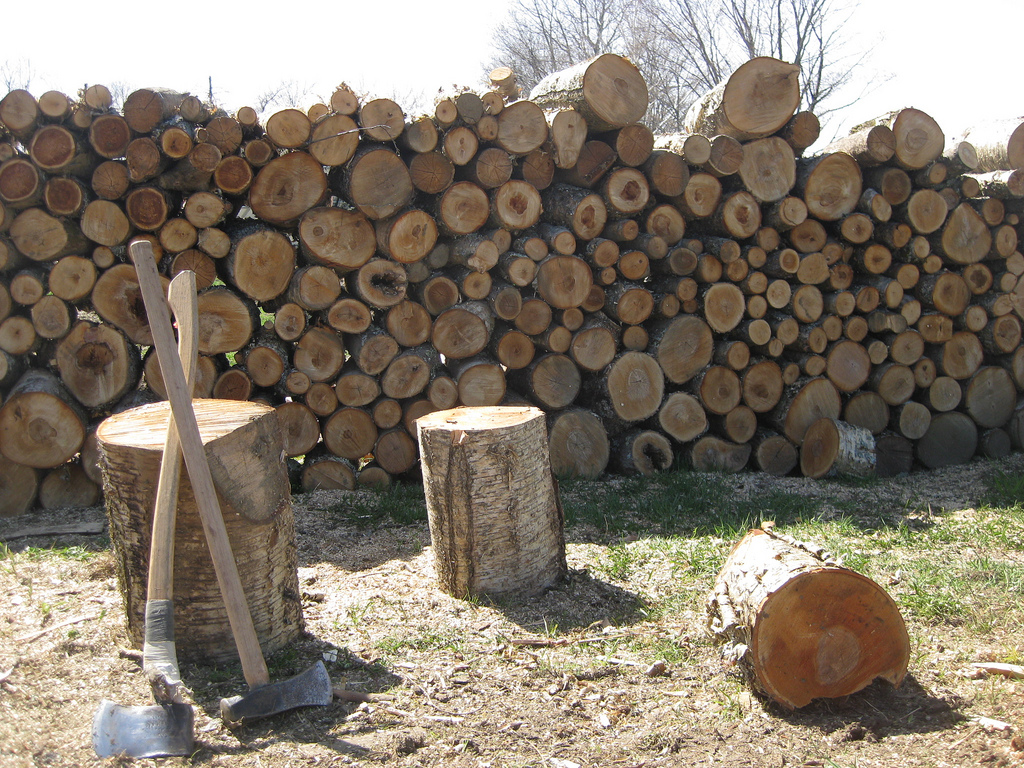
Life is what happens as we look down at our smartphones.
Time doesn’t care if we are ready. Lucky with all the technology around us, right? But is it safe to take it all for granted? We feel lost even when an internet page loads slower than usual.
What to do? We should all go back to number one, to the old way of doing things and incorporate that into our lives.
People really should avert their gaze from the modern survival thinking for just a bit and also look at how the guys who wandered the west 150 or so years ago did it.
We were not meant to survive in isolation forever. There are many skills we can learn from one another. Nothing will help people survive more than a tight-knit community that cares for its members. In this community, you will find different skills, access to different resources, and a psychological morale improvement. Finding others with the same mindset will help you survive long-term, and make the situation far more bearable than braving the dark times alone.
Turns out the popular image of the Old West as a place where manly men solved their differences by shooting themselves in the face simply isn’t true. People were more likely to cooperate than fight – in a harsh and lawless world, it was better to side with your neighbor for mutual benefit than start shooting.
While the survivalist mindset might seem to stem from weathering bad times, it is actually based in a basic enjoyment of nature. Nature is a gift, and the ability to live comfortably from its provisions is one of the most life-changing experiences a person can ever have. The art of survival seems to have been lost over the years, but before the technology boom in the last century, it was commonplace to know and understand survivalist principles.
Let’s go through some of our ancestor’s skills and see how prepared you are.
Preserving food without a fridge
Many people have forgotten this old method of preserving food, especially meat. Here is one of the easiest methods available and doesn’t take much time. You will need fresh pork, pickling salt, brown sugar, and crocks or jars for storage.
First, cut the pork into slabs. Generally, four- to six-inch slabs work best. Mix 1/2 pound of pickling salt with 1/4 cup of brown sugar. This is enough to cover twelve pounds of pork. Liberally cover the pork with this mixture. Next, pack the meat into sterilized crocks or jars. You should make sure it is tightly packed. Cover the meat with cheesecloth.
Using the temperature chart of your house, determine where to store your crocks. You need to keep the meat in an area that is about 36°F – no higher than 38°F. You also do not want an area that could see freezing temperatures. Leave the meat in this cool storage for at least one month. After that time, you can wrap the meat in plastic or moisture-proof paper and leave it stored all winter. You now have salt-cured pork for any occasion.
Many older people remember having a smokehouse on their land when they were young. Meat would be salted and hung to cure in these cool, dry areas. You could build a storage room for handing meat without too much work. The room should have excellent air circulation and stay cool without freezing.
Stockpiling Wood
and keeping warm is a chore in winter even now. Imagine how it used to be. About the only thing folks had to burn was wood. There was a woodpile or a woodshed associated with just about every house.
There were no iron stoves in early Texas – they didn’t start coming in until late in the Republic period. Heat came from a fireplace, and it generally wasn’t very effective. Along the Rio Grande, especially in the poorer regions, there were no fireplaces in houses. That’s because Spain and later Mexico taxed chimneys. Those people cooked out-of-doors. Because they mostly built of adobe, their house – walls were very thick, so even a small fire indoors would keep the place fairly warm. In summer going into a properly – built adobe house is like walking into a cave. They stay fairly cool even on the hottest days.
How about learning the process of skinning a deer, fleshing, stretching, drying, scraping, soaking, brain tanning, and then smoking the hide to waterproof? Deer hides, horse hides, coon hides – was used for just about everything, & rawhide was very useful. It used to be called ‘Mexican iron.’ The stuff is stiff as a plank, but if you put it in boiling water for a while, it becomes pliable. You can then use it in place of nails to tie a corral’s stringers to the posts. As it dried it would shrink, holding the stringers as effectively as nails.
Mostly, clothing was hand-made on the frontier. Almost any source of cloth could be used to make shirts or dresses. One of the reasons flour sacks, for many years, were made of patterned cloth, was the fact that women collected them to make shirts or dresses, for themselves, their husbands, & their children. I can remember when I was a kid, farm ladies using white flour sacks to make children’s underwear.
Blacksmithing
Being able to make something useful like a horseshoe, tool, or cooking utensil from scrap metal could come in very handy. This is a skill people will barter for. Blacksmith work does require a good deal of practice and some special equipment, but it’s a skill worth learning and the learning curve is cut a bit if you already know how to weld or do other metal work.
Navigation and Orientation
Whether someone is going to bug in or bug out to somewhere safer, they need to know where they plan to take a stand and stay. Transportation is a very important issue to consider and how much of what they have can be moved to where they are planning to go. Fuel will be a huge consideration as the lack of it prohibits how far someone can go. Something else everyone should understand is how to read maps. You will likely not have any GPS system to guide you and the good old fashioned paper map may be the only way to show you where you are going. Understanding topographic maps is also key here
How are you doing so far? Do you feel prepared? Are you the proud owner of any of these above skills? Take your time. This was part 1. We will come back with another set of skills that are very useful to us all, not just to a prepper. Because we believe a prepper is just someone with a lot of common sense.
Until next time, try to be honest with yourself and realize how ready are you for an emergency situation?
Do not postpone this thought. It’s important for your future.















